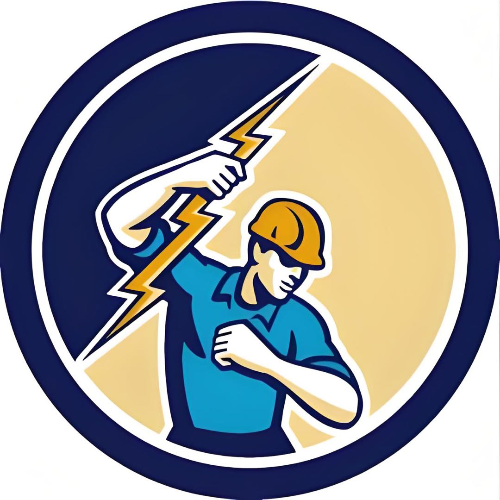Gas Turbine Power Plant

In all power generating stations except solar power generating station employee alternator to generate electrical energy. An alternator is a rotating machine which can produce electricity only when it rotates. Hence there must be a prime mover which helps to turn the alternator. The primary arrangement of all power plants is to rotate the prime mover so that alternator can generate required electricity. In gas turbine power plant we use high pressure and temperature air instead of high pressure and temperature steam to rotate the turbine.
The fundamental working principle of a gas turbine power plant is same as that of a steam turbine power plant. The only difference is there that in steam turbine power plant we use compressed steam to rotate the turbine, but in gas turbine power plant we use compressed air to turn the turbine.

In the gas turbine power plant air is compressed in a compressor. This compressed air then passes through a combustion chamber where the temperature of the compressed air rises. That high temperature and high-pressure air is passed through a gas turbine. In turbine the compressed air is suddenly expanded; hence it gains kinetic energy, and because of this kinetic energy the air can do mechanical work for rotating the turbine.
In a gas turbine power plant, the shaft of turbine, alternator and air compressor are common. The mechanical energy created in the turbine is partly utilised to compress the air. Gas turbine power plants are mainly used as standby auxiliary power supplier in a hydroelectric power plant. It generates auxiliary power during starting of a hydroelectric power plant.
Advantages of Gas Turbine Power Plant
Construction wise a gas turbine power plant is much simpler than a steam turbine power plant.
The size of a gas turbine power plant is smaller than that of a steam turbine power plant.
A gas turbine power plant does not have any boiler like component, and hence, the accessories associated with the boiler are absent here.
It does not deal with steam hence it does not require any condenser hence no cooling tower like structure is needed here.
As design and construction wise gas turbine power plants are much more straightforward and smaller, the capital cost and running cost are quite less than that of an equivalent steam turbine power plant.
The constant loss is quite smaller in gas turbine power plant compared to a steam turbine power plant because in the steam turbine power plant boiler has to run continuously even when the system does not supply load to the grid.
A gas turbine power plant can more instantly be started than an equivalent steam turbine power plant.
Disadvantages of Gas Turbine Power Plant
The mechanical energy created in the turbine is also utilised to run the air compressor. Since a major portion of mechanical energy created in the turbine is utilised to run the air compressor the overall efficiency of gas turbine power plant is not as high as an equivalent steam turbine power plant.
Not only have that, the exhaust gases in gas turbine power plant curries significant heat from the furnace. This also causes the efficiency of the system low further.
To start power plant pre-compressed is required. So before actual starting of the turbine air should be pre-compressed which requires an auxiliary power supply for starting a gas turbine power plant. Once the plant is started there is no more need of supplying external power but at starting point external power is essential.
The temperature of the furnace is quite high in a gas turbine power plant. This makes the system lifespan smaller than that of an equivalent steam turbine power plant.
Because of its lower efficiency, a gas turbine power plant cannot be utilised for commercial production of electricity instead it is normally used to supply auxiliary power to other conventional power plants such as hydroelectric power plant.
Statement: Respect the original, good articles worth sharing, if there is infringement please contact delete.
We aim to gather electrical knowledge and share it with others.













